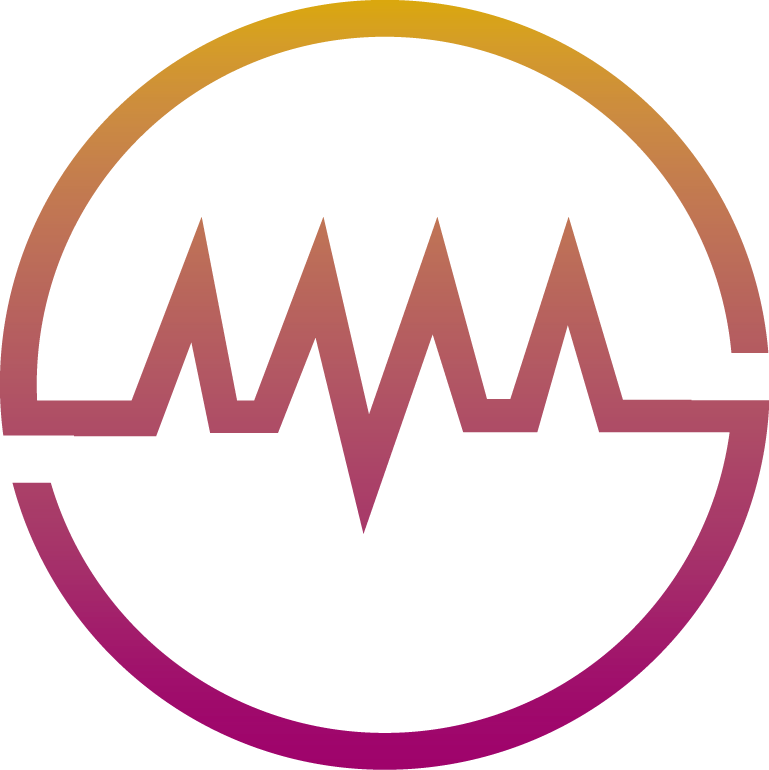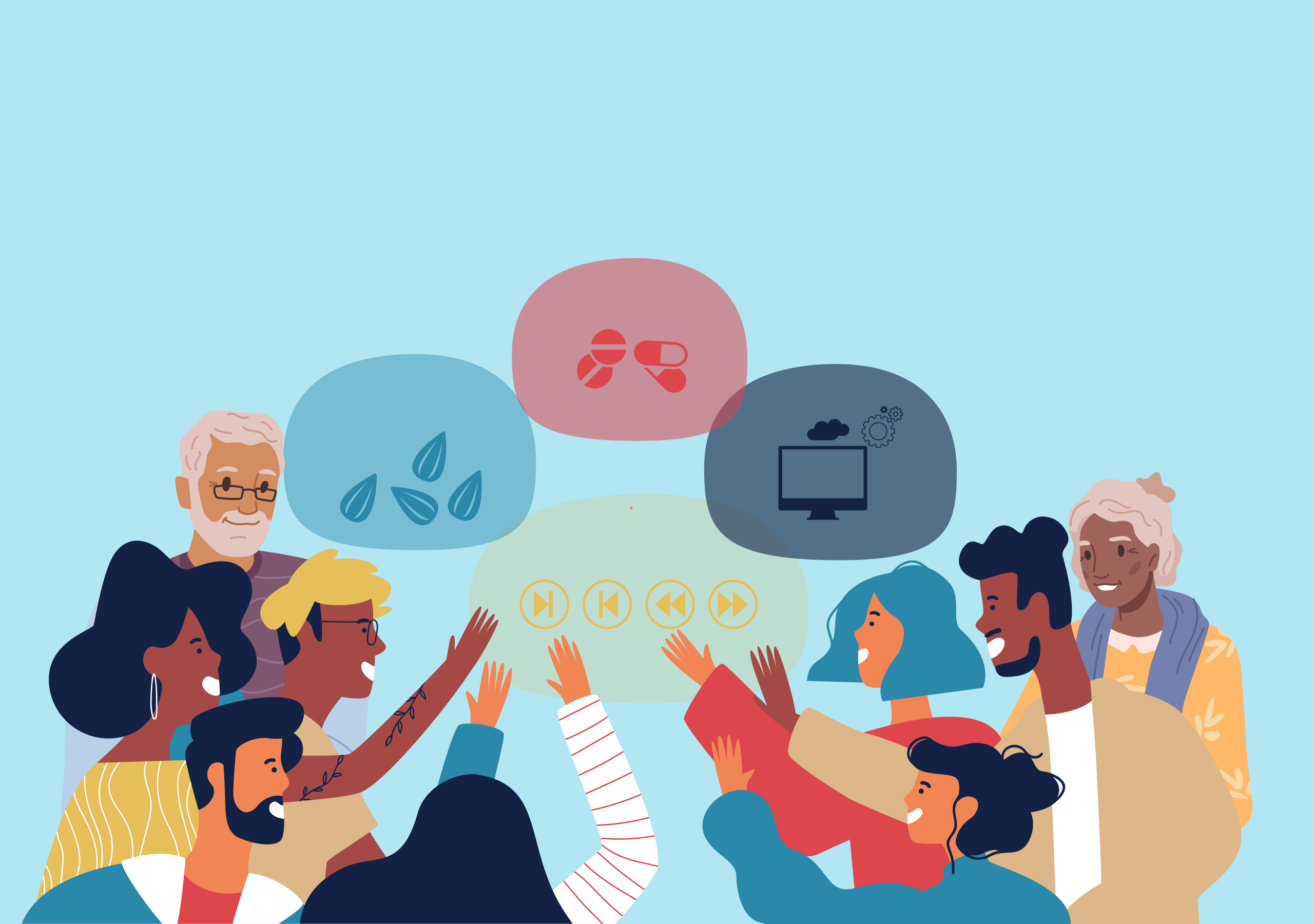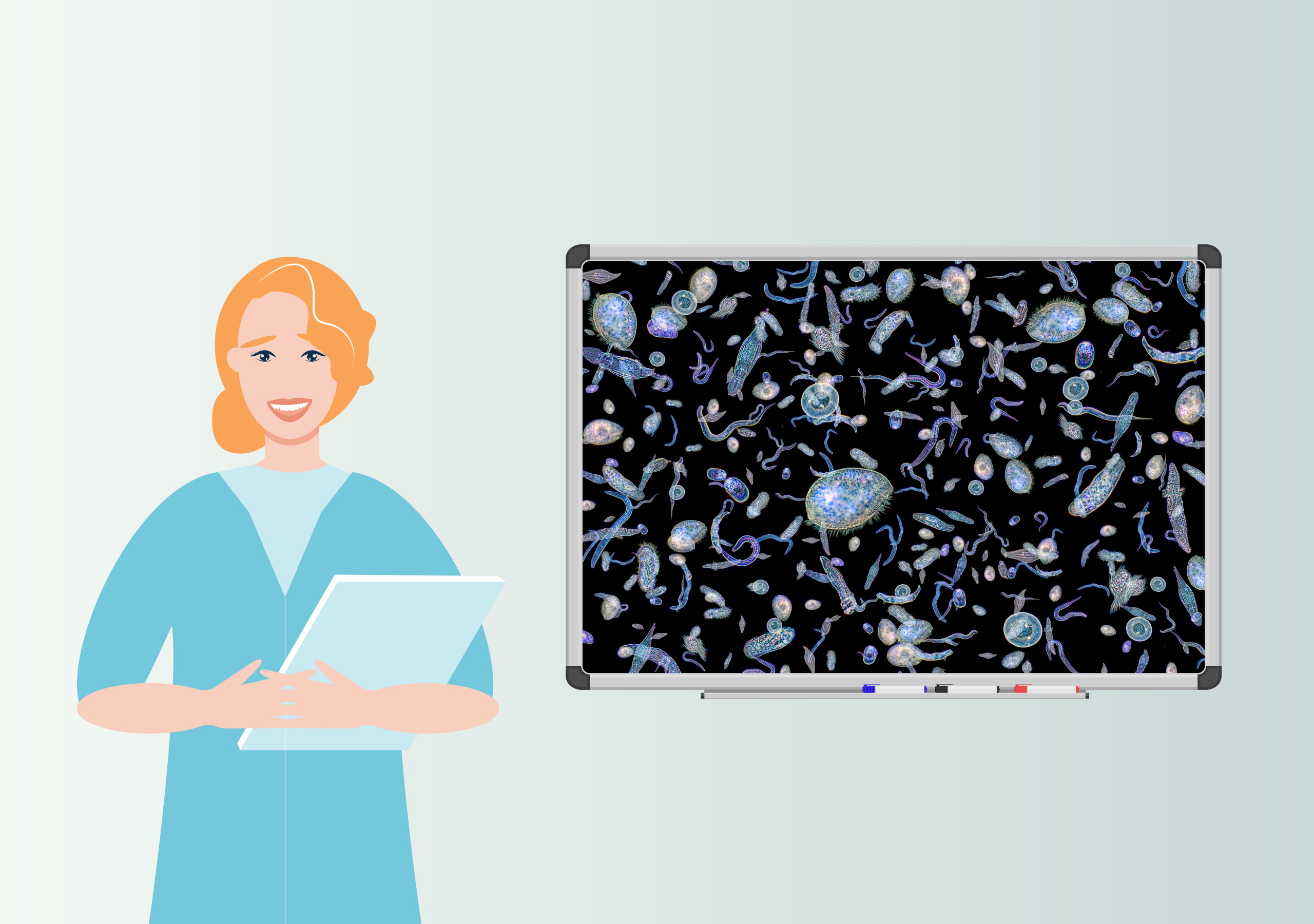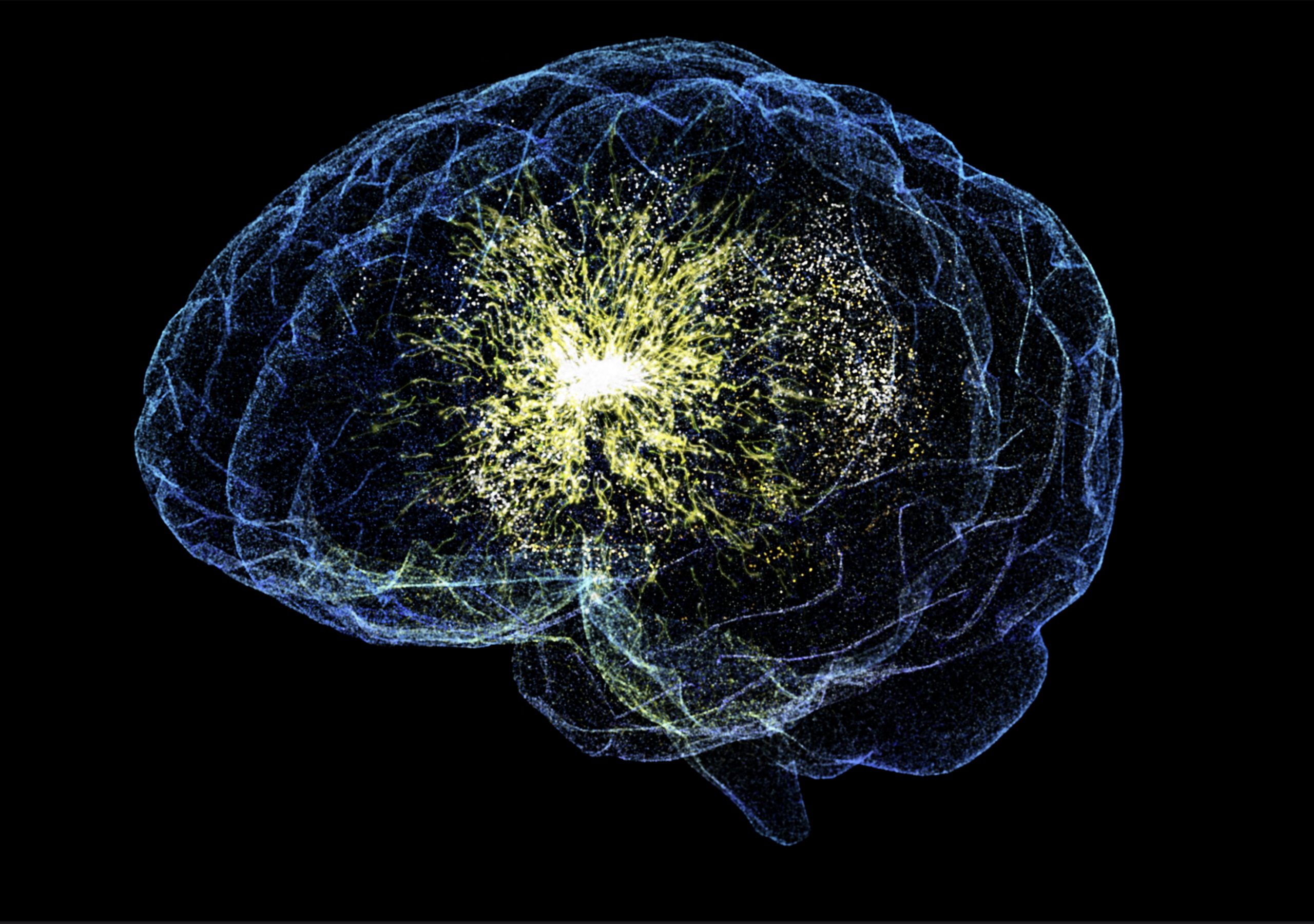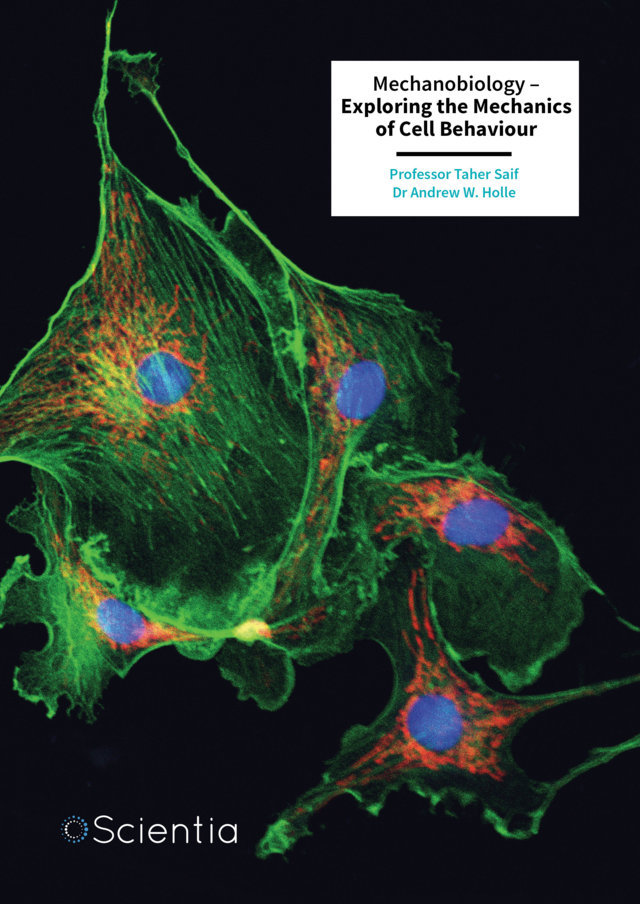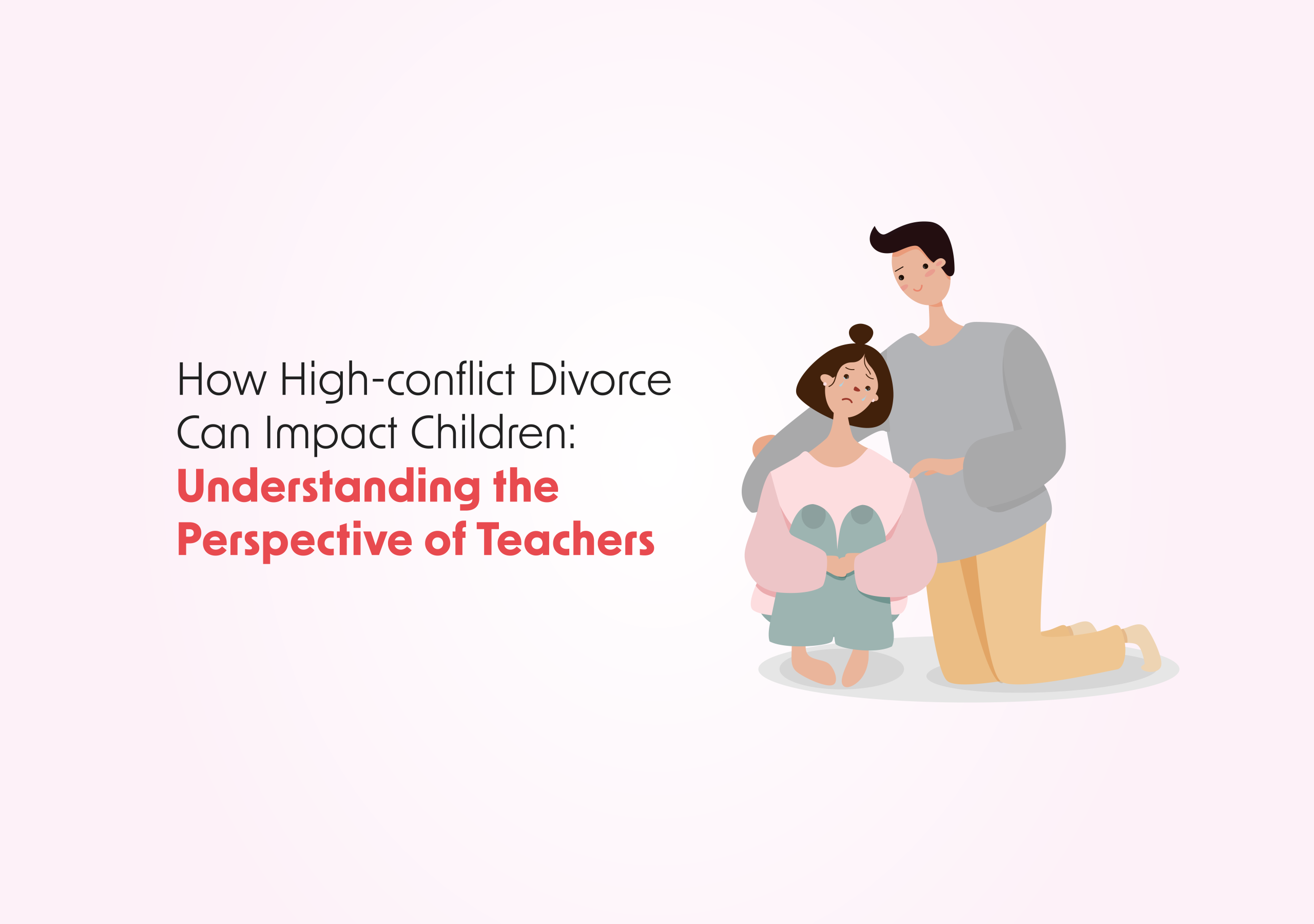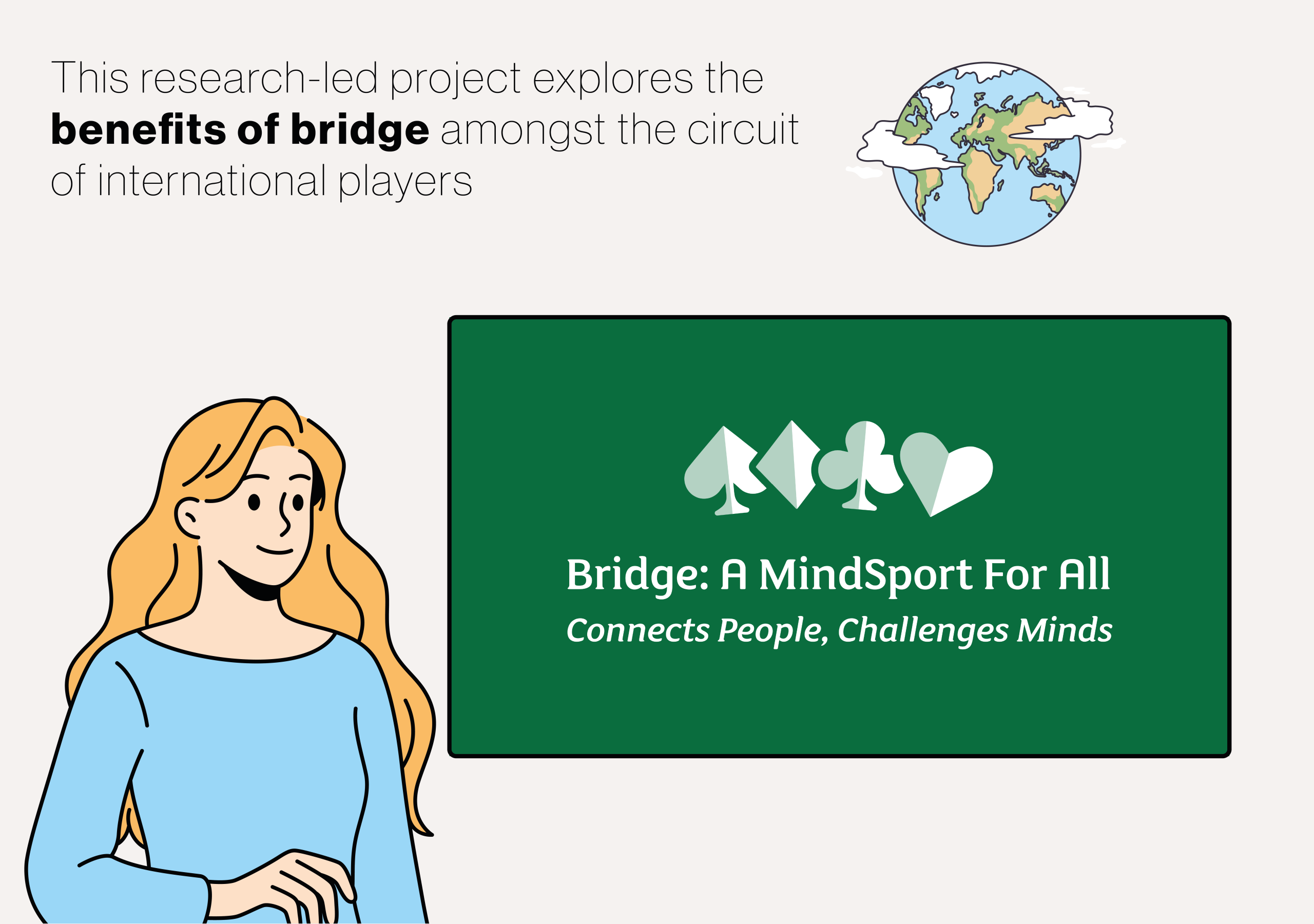Racist encounters, both subtle and overt, continue to plague society and take a severe toll on the mental and physical health of people of colour. However, innovative research shows how we can equip youth and adults with the skills to navigate these stressful situations and emerge stronger. Dr. Howard Stevenson and his team at the University of Pennsylvania are pioneering new approaches to help people cope with racial trauma and find their voice. More
Racism remains a pervasive and harmful reality in the United States and around the world. Whether through overtly discriminatory policies or subtle everyday slights, people of colour face an onslaught of stressful and traumatic racial encounters that can severely impact their well-being. The toll is particularly heavy on youth, who may struggle to make sense of and respond to racist treatment.
However, groundbreaking work by Dr Howard Stevenson and his colleagues offers new hope. Through decades of research, they have developed innovative approaches to help both young people and adults effectively navigate racially stressful situations. Their work empowers people with practical skills to recognise, reframe and resolve racial conflicts in the moment.
At the heart of their approach is the concept of ‘racial literacy’ – the ability to ‘read’, recast and resolve racially stressful encounters. By teaching specific strategies to manage the physiological and emotional impacts of racism, Dr Stevenson’s team aims to reduce trauma and help people find their voice to confront injustice.
Study after study has documented the tremendous harm caused by exposure to racism, especially for youth. Experiencing racial discrimination is linked to a host of adverse mental and physical health outcomes, from depression and anxiety to cardiovascular problems.
For students of colour, racial stress in school settings can severely undermine their sense of belonging and academic achievement. Even seemingly minor incidents, often called microaggressions, can have a profound cumulative impact over time.
‘Racial trauma is like running a 100-yard dash with your right hand tied to your left foot, which almost everybody you pass or passes you on the road of life can see – except you’ says Dr Stevenson, vividly describing how racism creates invisible but very real barriers.
The effects ripple out beyond just the direct targets. Research shows that even witnessing racism directed at others can lead to trauma responses. And the costs extend to society as a whole, with racism estimated to cost the US economy trillions of dollars through lost productivity and unrealised potential.
To combat these harmful effects, Dr Stevenson and his team have focused much of their work on racial socialisation – how families of colour teach their children to understand and cope with racism. Through decades of research, they’ve shown that effective racial socialisation can help protect youth from some of the negative impacts of discrimination.
However, the researchers identified key gaps in how racial socialisation was typically studied and applied. Many parents struggle with how exactly to have these difficult conversations with their kids. And even when families do discuss racism, it’s often reactive – happening only after a child has already experienced a traumatic encounter.
Dr Stevenson’s team developed an innovative framework called Racial Encounter Coping Appraisal and Socialisation Theory (RECAST) to address these limitations. RECAST emphasises building specific skills and confidence to manage racially stressful situations rather than just generally discussing racism.
Dr Stevenson emphasises the need for youth to be able to seamlessly apply lessons from family discussions about race to real-world situations, recognise harm, resist dehumanisation, and protect themselves even when adult protection is unavailable or inadequate.
A key innovation in Dr Stevenson’s approach to racial socialization is the concept of racial literacy. This involves developing three key abilities: reading (noticing and identifying racial encounters and their impacts), recasting (reframing the threat level of an encounter), and resolving (making healthy decisions to address the situation).
To build these skills, Dr Stevenson’s team uses strategies like storytelling, journaling, relaxation techniques, debate and role-playing racial conflicts. A key central focus is increasing ‘interoceptive awareness’ – the ability to recognise internal bodily sensations and emotional states.
One technique they teach is called CLCBE, which involves calculating the intensity of feelings, locating where in the body stress is felt, communicating self-talk and mental imagery, and using breathing to calm the nervous system.
By practising these skills, people can learn to short-circuit the stress response during racial encounters and make clearer decisions about how to respond.
To put these concepts into practice, Dr Stevenson and colleagues have developed several targeted intervention programmes:
The first is PLAAY (Preventing Long-term Anger and Aggression in Youth), which uses basketball and other physical activities to create natural situations where youth can practice managing stress and conflicts in the moment. Early trials showed promising results in regulating stress and reducing retaliation decisions in Black male youth.
EMBRace (Engaging, Managing, and Bonding through Race) is a family-based programme that brings parents and adolescents together to process racial experiences and practice coping strategies. Over four sessions, families learn cultural pride alongside skills for addressing bias and discrimination.
Shape Up: Barbers Building Better Brothers leverages the cultural importance of barbershops in Black communities to reach young men. Barbers were trained to deliver education on sexual health and violence prevention while cutting hair. The programme successfully reduced retaliatory violent behaviours in participants.
Can We Talk is a school-based intervention that teaches Black students to identify and negotiate racial conflicts while also training teachers to better support students practising these skills. It uses techniques like storytelling and role-playing to build racial stress management and assertiveness.
Changing Racial Outcomes in Proximal Spaces takes a multi-tiered approach, training high school and college student leaders to become peer educators on racial literacy skills. The goal is to create a ripple effect of youth empowering other youth to confront racism.
Across all these programmes, a key emphasis is on preparation and practice. Dr Stevenson argues that simply talking about racism in general terms is not enough – people need concrete skills they can apply in the heat of the moment during actual racially charged situations.
Dr Stevenson notes that mindful preparation and practice can prevent disruption of healing, earning, affirming, and learning. By rehearsing strategies in low-stakes settings, people can build the confidence to use their ‘outside voice’ to stand up against mistreatment when it really matters.
This approach represents a shift from how racial socialisation has traditionally been studied and applied. Rather than just measuring how often families discuss race, Dr Stevenson’s team focuses on competency – how skilfully can people actually navigate racial stress when it arises?
Dr Stevenson emphasises that racial socialisation is only as useful as it is skilled, coining the term ‘racial socialisation competency’ to capture this emphasis on practical abilities rather than just knowledge.
While more large-scale trials are still needed, early results from Dr Stevenson’s various intervention programmes are promising. The Shape Up barbershop programme, for instance, successfully reduced violent behaviours in young Black men up to three months after the intervention.
Importantly, the research showed that the programme worked by decreasing beliefs in hypermasculine stereotypes while increasing awareness of Black men’s vulnerabilities. This demonstrates how the interventions can shift deeply held attitudes that often fuel conflict.
The team has also developed and validated new psychological scales to measure concepts like racial socialisation competency, racial coping self-efficacy, and school racial climate. These tools allow for a more nuanced study of how people experience and respond to racial stress.
Dr Stevenson and his colleagues continue to refine and expand their programmes, with the goal of reaching more people in need of these crucial skills. They are particularly focused on school settings, where racial conflicts often arise but where educators may feel ill-equipped to address them constructively.
The researchers emphasise that their work is not just about helping people of colour cope with racism but about changing the dynamics that allow racism to persist. By empowering people to confront injustice effectively, they hope to create ripple effects that improve racial climates more broadly.
Dr Stevenson believes that by changing how people competently engage with racial and identity-based hate, and empowering voices of resistance and hope, they can reduce health and productivity risks and change racial outcomes.
At its core, Dr Stevenson’s work is about helping people reclaim their stories and their power in the face of dehumanising treatment. He cites an African proverb: ‘The lion’s story will never be known as long as the hunter is the one to tell it.’ Racial literacy, he argues, is about embracing and telling one’s racial story. It’s about seeing oneself clearly, even in moments of stress and conflict. And ultimately, it’s about finding the courage to use one’s voice – to confront injustice and to affirm one’s inherent humanity and worth.
By equipping people with practical skills to manage racial stress, Dr Stevenson and his team hope to reduce the health and economic tolls of racism while empowering more people to work towards a more just society. Their innovative approaches offer new paths forward in the ongoing struggle against racial trauma and oppression.
In a world still grappling with the wounds of racism, this research lights a way towards healing – not through avoidance or suppression, but through a clear-eyed confrontation of injustice and the reclaiming of human dignity. It’s a testament to the power of storytelling, of preparation, and of finding one’s voice in the face of silencing forces.
The work continues, but Dr Stevenson and his colleagues have laid a foundation for more effective, skills-based approaches to combat racial trauma. Their efforts remind us that while racism’s harm is real, so too is our capacity for resilience, for growth, and for positive change when armed with the right tools.

